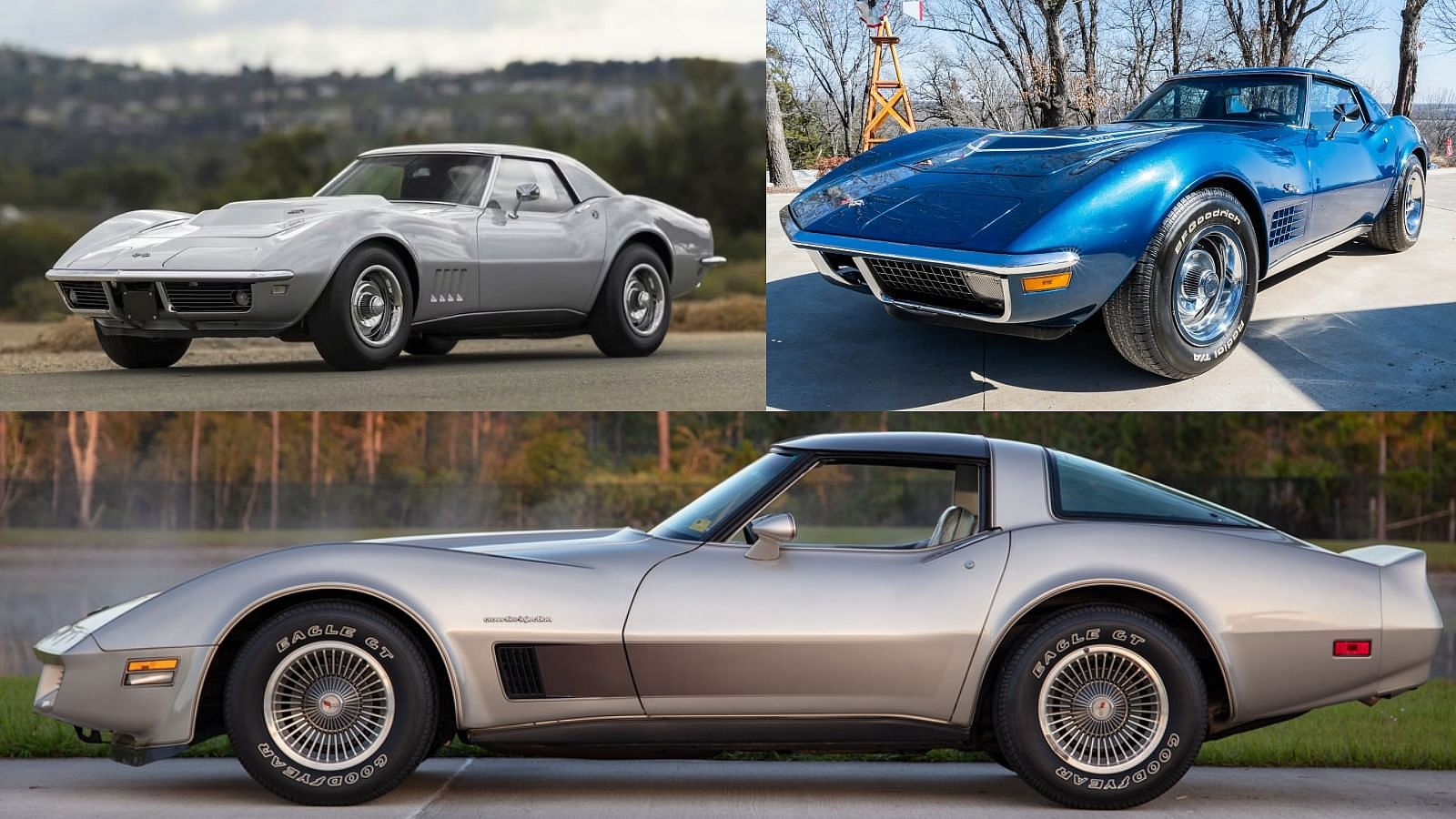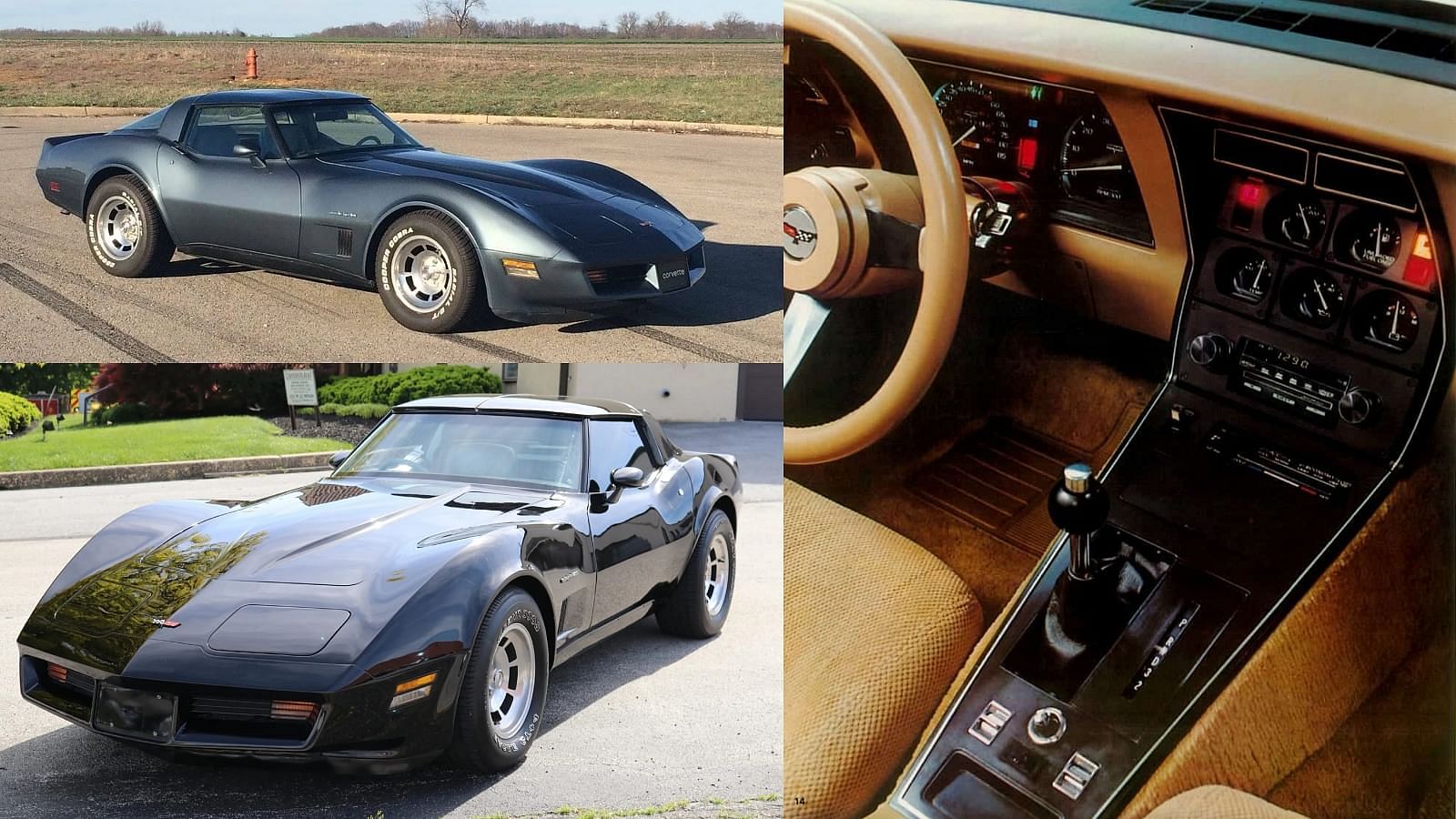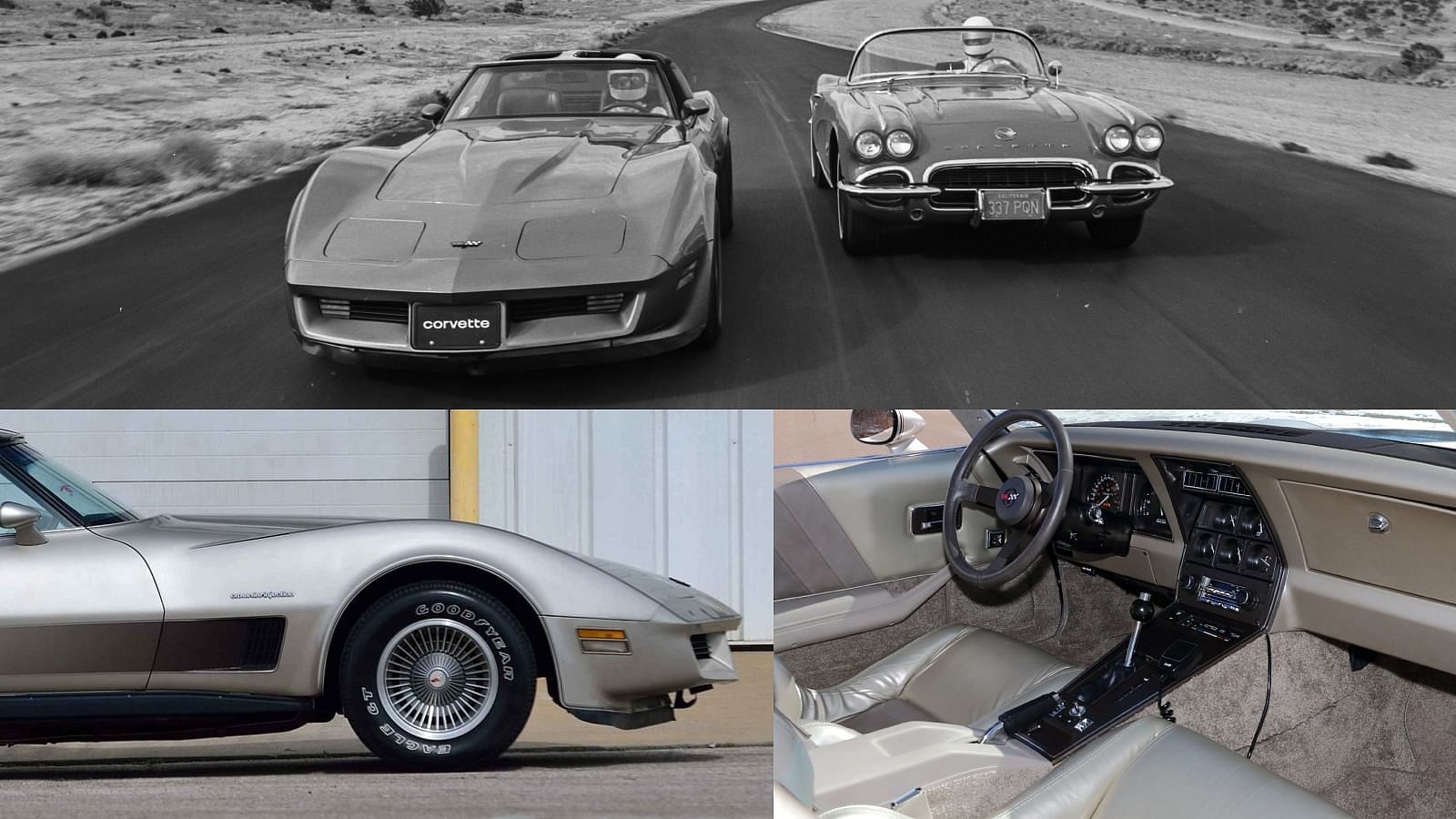The 1982 Corvette’s Specs, Features And Underwhelming Performance During The Malaise Era
The Disappointing 1982 Corvette: A Sports Car with a Malaise-Era Performance. The 1982 Chevrolet Corvette, though an iconic representation of American sports cars, faced significant challenges during the malaise era. Struggling to balance fuel economy and emissions requirements, this Corvette fell short in the realm of performance, making it one of the slowest and underwhelming models in its history.
Published August 5, 2024

The year 1982 marked a crucial period in the automotive industry, commonly known as the malaise era. The 1982 Chevrolet Corvette, a legendary American sports car, was not immune to the challenges faced during this time. Struggling to meet new emissions requirements and rising fuel prices, the 1982 Corvette had to make significant compromises, resulting in underwhelming performance compared to its predecessors. In this article, we will explore the key features, design, and performance of the 1982 Corvette, shedding light on its significance in automotive history.
The Malaise Era and its Impact on the Automotive Industry
The malaise era, spanning from the early 1970s to the mid-1980s, was a time of great change in the automotive landscape. Amid the oil crisis and growing concerns about environmental issues, the industry faced new government safety and emissions regulations. As a result, car manufacturers were forced to adapt their designs to meet these requirements, leading to larger and heavier vehicles.

The 1982 Corvette, part of the C3 generation, encountered numerous challenges during this period. Its design, reminiscent of the late 1960s, started to appear outdated amidst the sleek and aerodynamic shapes embraced by European sports cars in the 1980s.
The Crossfire Injection System: A Step Towards Fuel Efficiency
To cope with rising fuel prices and stringent emissions standards, the 1982 Corvette introduced the Crossfire Injection system. Though an advancement in fuel injection technology, this system proved to be complex for many technicians to service. Comprising two throttle bodies that fed separate rails of cylinders, the Crossfire Injection earned its name due to its crossover fueling system.

While it helped the Corvette achieve better fuel economy compared to its predecessors, it posed challenges for enthusiasts seeking performance upgrades. Attempts to tune the system for better performance often resulted in destructive consequences, making it unsuitable for untrained individuals to handle.
Automatic-Only Transmission: A Departure from Tradition
The 1982 Corvette was unique in that it was solely offered with an automatic transmission, marking a departure from the tradition of having a manual option in sports cars. This decision disappointed many enthusiasts who craved the engagement and control that only a manual gearbox could provide.
The automatic transmission used was the 700-R4 four-speed, which prioritized fuel efficiency by keeping the first and second gears low for moderate acceleration. As you can expect the 1982 model was not fast enough to be in this list. The fourth gear reduced highway RPM, resulting in better fuel efficiency at high speeds. While this transmission was successful in many of GM's vehicles, it failed to satisfy those seeking a more exhilarating driving experience in a sports car like the Corvette.
Design and Aesthetics: The Aging C3 Generation
The 1982 Corvette was the last model in the C3 generation, which had been in production since 1968. By the early 1980s, the C3 design was showing its age compared to the modern, wedge-shaped designs embraced by European sports cars. Although the 1982 Corvette received some facelifts, it retained much of its 1968 design, making it less appealing to some consumers seeking a more contemporary look.

One notable design feature was the Collector's Edition 1982, offering a unique hatchback that provided easier access to the rear cargo area. This practical design element would later be incorporated into the fourth-generation Corvette, proving to be a selling point for the car's versatility.
Lackluster Performance: A Sports Car with Modest Acceleration
Despite its iconic status as America's sports car, the 1982 Corvette faced criticism for its lackluster performance during the malaise era. Equipped with a 350 cubic-inch V8 engine, the car produced only around 200 horsepower and approximately 285 lb-ft of torque. These figures are enough to tell you that the 1982 does not even come close to the list of most powerful Corvettes. The absence of a performance-oriented manual transmission further hampered its potential to deliver an exhilarating driving experience.

The 1982 Corvette's 0-60 mph time was approximately 7.9 seconds, a modest achievement for the era but unimpressive compared to its predecessors. For comparison, economy cars of the 1990s and minivans from 2008 were capable of similar acceleration times, highlighting the challenges faced by the 1982 Corvette in terms of performance.
The Legacy of the 1982 Corvette
While the 1982 Corvette may be remembered as one of the slowest models in its history, it played a crucial role in shaping the evolution of subsequent Corvette models. The challenges faced during the early 1980s pushed the automotive industry to innovate and improve performance, leading to the high-performance sports cars we enjoy today.

Conclusion
The 1982 Chevrolet Corvette is a symbol of the malaise era, a time when the automotive industry faced significant challenges and compromises. From its complex Crossfire Injection system to its automatic-only transmission and aging design, the 1982 Corvette struggled to maintain its reputation as a powerful and exhilarating sports car. Despite its underwhelming performance, this Corvette remains an important piece of automotive heritage, representing the determination and resilience of the industry during a transformative period in history.
Write a comment
Comments
No Comments Yet





